Small birds have always been popular as pets, but in recent years, one specific type has seen an astronomical rise in popularity. We're speaking, of course, about the charming and captivating Parrotlet. Highly intelligent, affectionate, and undeniably cute, these little birds have been diligently working their way into the homes and hearts of bird lovers around the world.
What Is a Parrotlet?
A member of the Psittacidae family, a parrotlet is the smallest species of parrot. There are several different breeds of parrotlets—including Pacific, Green-Rumped, Mexican, and Spectacled parrotlets—which typically have green feathers and sometimes include mutations like blue and yellow.
Parrotlets form strong bonds with their owners and make excellent pets when properly raised and tamed. Check out the information below for a few key facts about these adorable birds―you may decide that you are interested in welcoming a Parrotlet of your own into your family.
- 01 of 05
Some Can Learn to Talk
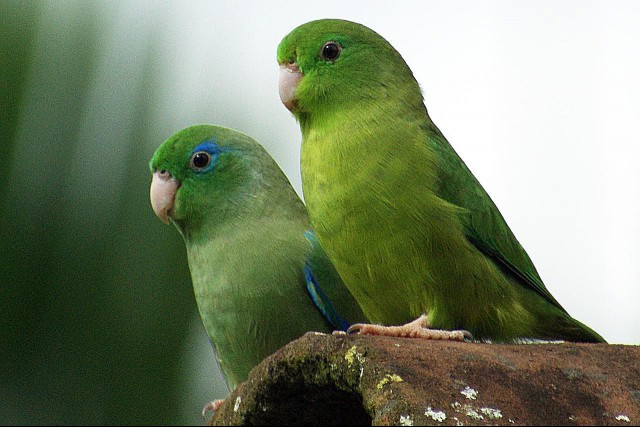
Rogier Klappe / Wikimedia Commons / CC BY 2.0
While they are very small birds, some Parrotlets can learn to talk, and some develop rather impressive vocabularies for a bird of their size. While it isn't a guarantee that a Parrotlet will do anything beyond a chirp or screech, it never hurts to try to teach them. A word of caution, however―the only way to be sure that you are getting a bird that will talk is to adopt a bird that already knows how to talk―so please don't rush out and adopt a Parrotlet expecting it to be a little chatterbox.
02 of 05They Are the Smallest Birds in the Parrot Family
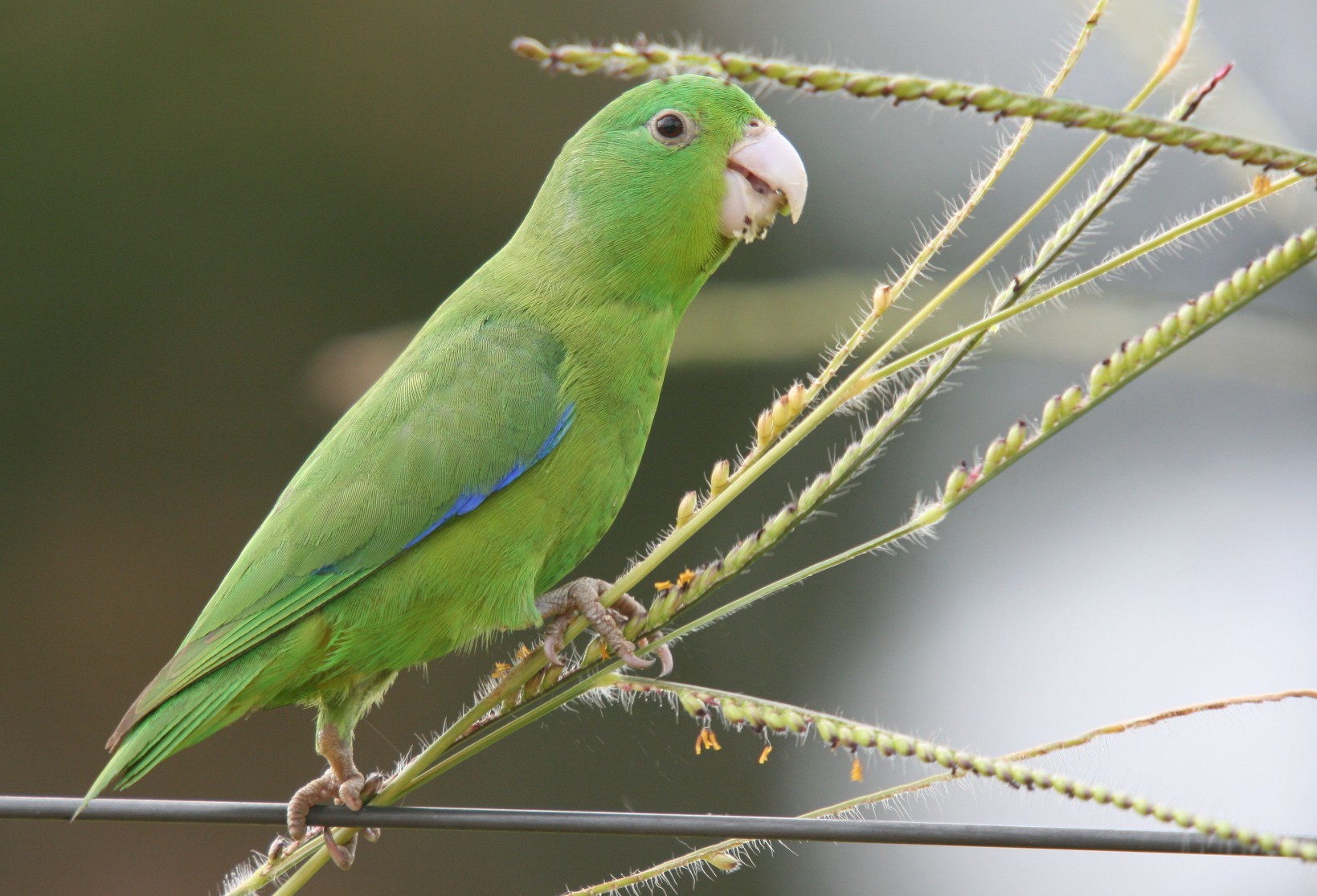
Wagner Machado Carlos Lemes / Flickr / CC BY 2.0
That's right; these tiny little birds are indeed parrots―in fact, Parrotlets are the smallest birds in the parrot family, even smaller than Budgies! It might come as a surprise to many, but the Parrotlet's closest relative is actually the large and impressive Amazon Parrot, which may account for many of the behavioral traits these little birds exhibit. They also resemble their larger cousins closely in the looks department, which is why many people affectionately refer to them as "Pocket Parrots."
03 of 05They Have a Long Lifespan
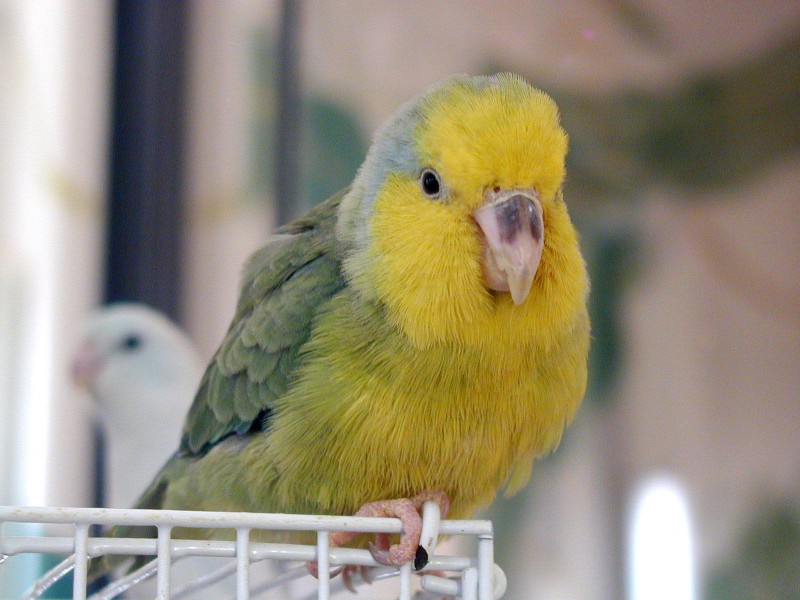
Geek2Nurse / Flickr / CC BY 2.0
They might be small birds, but Parrotlets can live for a very long time. On average, a Parrotlet that is well taken care of lives for up to 20 years, but many have lived on even into their 30s. For this reason, it is very important that those who are interested in adopting a Parrotlet be sure that they are willing and able to commit a lot of time to care for them. These are pets that will be around for a very long time if things go well, so their owners should be prepared to care for them for many years.
04 of 05They Have Big Personalities
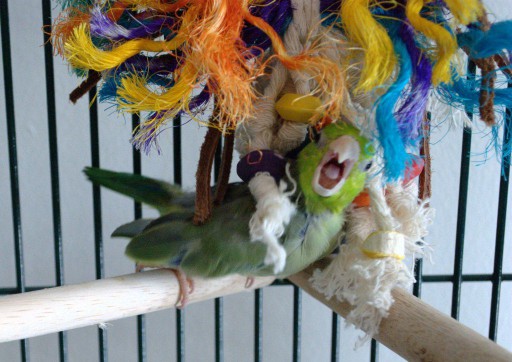
Devin Herron / Flickr / CC BY 2.0
Parrotlets have big personalities and don't let their size get in the way when it comes to playing and interacting with their owners and other birds. Those who keep pet Parrotlets often report that they have feisty, sassy personalities that seem too big for their little bodies. It is important that those who own Parrotlets take the time to handle them every day and provide them with plenty of ways to entertain themselves. Otherwise, the birds may become bored and resort to destructive behaviors. Proper training from the very beginning will help to shape a Parrotlet into a loving and well-behaved pet.
Continue to 5 of 5 below05 of 05They Are Extremely Active
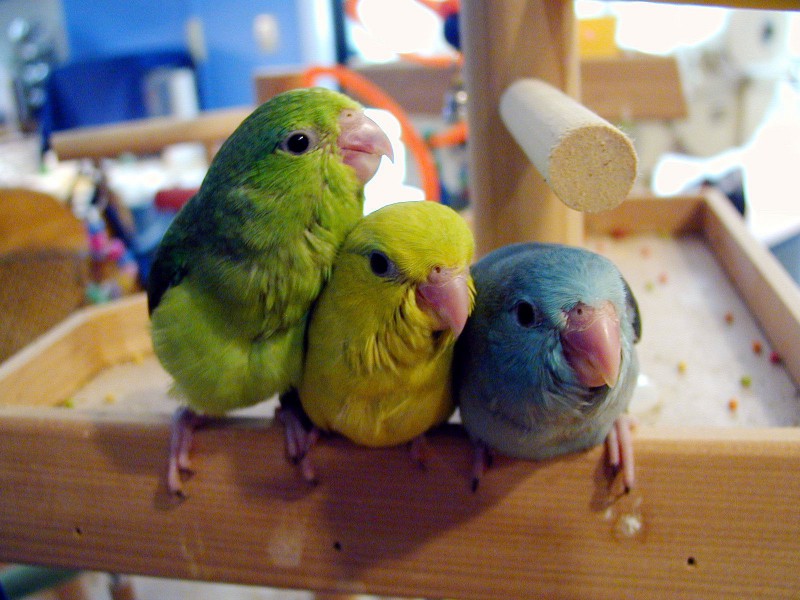
Geek2Nurse / Flickr / CC BY 2.0
Parrotlets are extremely active birds in the wild, spending countless hours each day flying, foraging for food, and staying clear of predators. In captivity, their owners need to do what they can to give them as much exercise as they would receive if they were wild birds. While this sounds challenging, there are lots of creative ways to give pet birds exercise. In addition, to exercise, Parrotlets need lots of social interaction with their owners to thrive in captivity―so those interested in adopting one should make sure that they can devote three to four hours per day to spending time playing with their bird.
RECOMMENDED NEWS
 bird-behavior-and-training
bird-behavior-and-trainingHow Do Birds Sleep?
Most animals, including humans, natually lie down on their backs, sides, or even stomachs when they...
 bird-health
bird-healthBird Poop Identification Chart
Most bird owners have heard that it's important to monitor their feathered friend's droppin...
 bird-breeds
bird-breeds8 Most Popular Companion Birds as Pets
If you're considering adopting a pet bird to be a close companion, there are many popular species t...
 bird-breeds
bird-breeds6 Reasons Why Owls Make Bad Pets
Owls are wild creatures and keeping one in a typical home setting is nearly impossible, not to ment...
 bird-basics
bird-basicsHow to Hold a Bird Safely
As with most things, there are right ways and wrong ways to hold a pet bird. Birds are rather fragi...
 bird-basics
bird-basics5 Signs Mean Your Bird May Be Sick or in Pain
While it's true that some birds are able to "talk," they aren't able to tell their owners if they a...

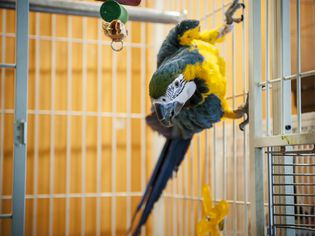
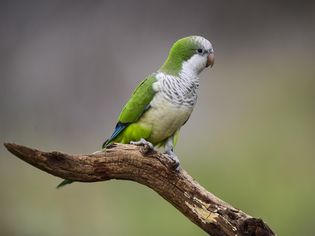
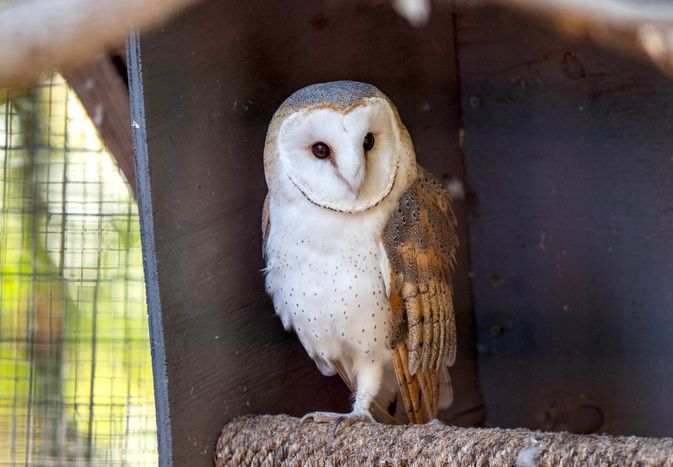
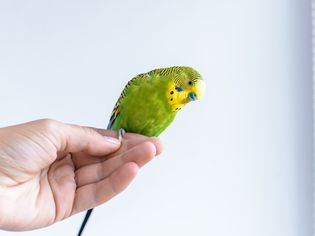
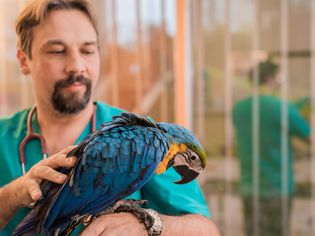
Comments on "Facts About Parrotlets" :